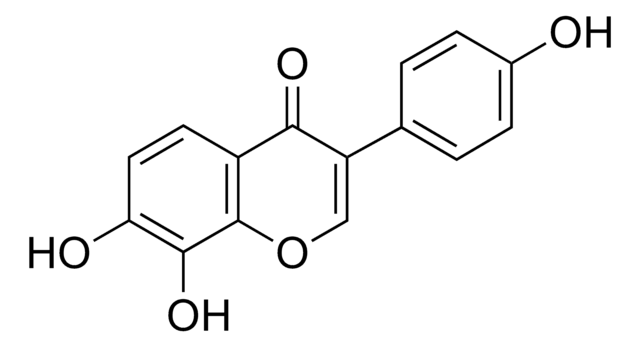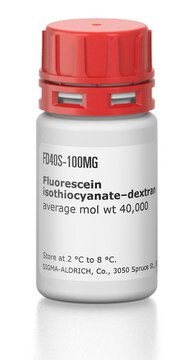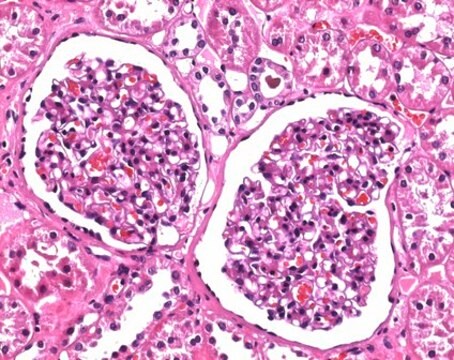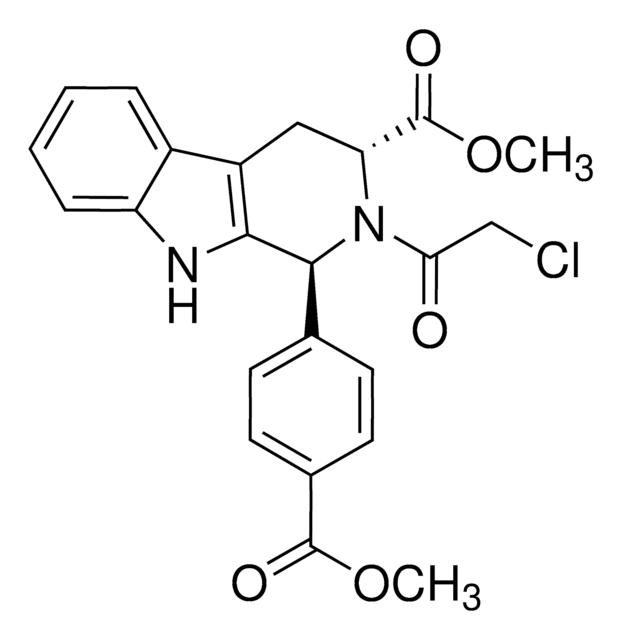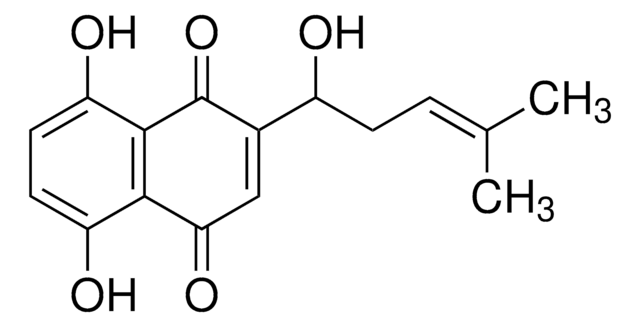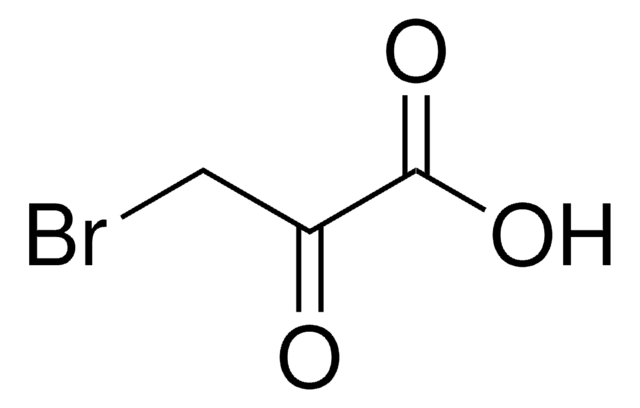Key Documents
SML1343
3PO
≥98% (HPLC)
Synonim(y):
(2E)-3-(3-Pyridinyl)-1-(4-pyridinyl)-2-propen-1-one, 3PO (inhibitor of glucose metabolism)
About This Item
Polecane produkty
Poziom jakości
Próba
≥98% (HPLC)
Postać
powder
kolor
white to beige
rozpuszczalność
DMSO: 5 mg/mL, clear (warmed)
temp. przechowywania
2-8°C
ciąg SMILES
O=C(C1=CC=NC=C1)/C=C/C2=CN=CC=C2
InChI
1S/C13H10N2O/c16-13(12-5-8-14-9-6-12)4-3-11-2-1-7-15-10-11/h1-10H/b4-3+
Klucz InChI
UOWGYMNWMDNSTL-ONEGZZNKSA-N
Zastosowanie
Działania biochem./fizjol.
Kod klasy składowania
11 - Combustible Solids
Klasa zagrożenia wodnego (WGK)
WGK 3
Temperatura zapłonu (°F)
Not applicable
Temperatura zapłonu (°C)
Not applicable
Certyfikaty analizy (CoA)
Poszukaj Certyfikaty analizy (CoA), wpisując numer partii/serii produktów. Numery serii i partii można znaleźć na etykiecie produktu po słowach „seria” lub „partia”.
Masz już ten produkt?
Dokumenty związane z niedawno zakupionymi produktami zostały zamieszczone w Bibliotece dokumentów.
Klienci oglądali również te produkty
Nasz zespół naukowców ma doświadczenie we wszystkich obszarach badań, w tym w naukach przyrodniczych, materiałoznawstwie, syntezie chemicznej, chromatografii, analityce i wielu innych dziedzinach.
Skontaktuj się z zespołem ds. pomocy technicznej
